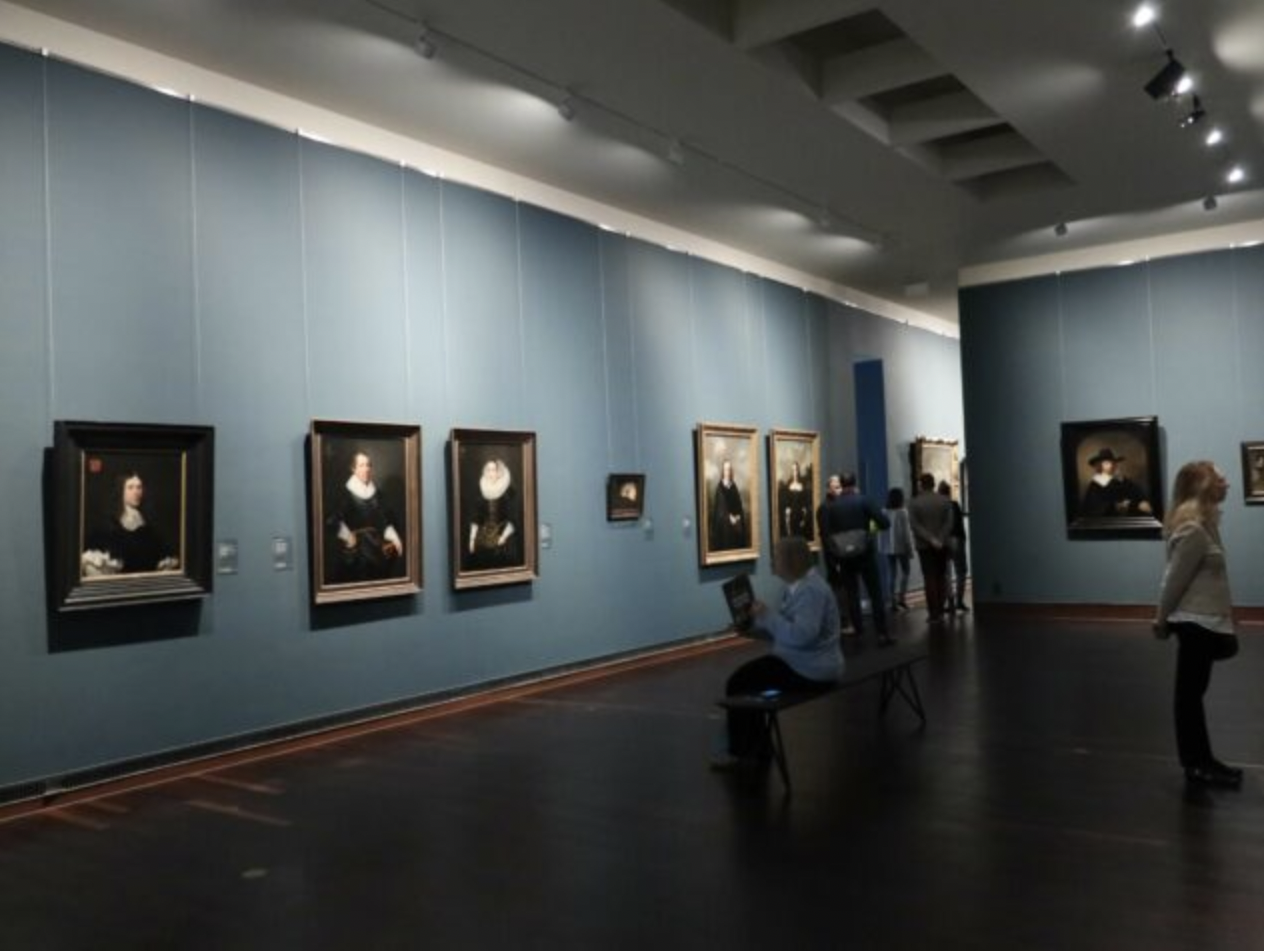
People sometimes argue that economists know the price of everything and the value of nothing. Sometimes that witticism reflects ignorance of the breadth of current economic science...
People sometimes argue that economists know the price of everything and the value of nothing. Sometimes that witticism reflects ignorance of the breadth of current economic science.
The economists view of art, for example, need not be reductionist, but may just contribute to knowing
how to value and efficiently manage art. A museum that never sells a work of art, however, seems to
pretend that its collection cannot be improved, and thus demonstrates a very idiosyncratic view of
efficient management of art patrimony. This and other findings follow from an economic analysis of
museums.
A museum has five functions: collecting, preserving, studying, interpreting and exhibiting objects.
There is a private demand for the services exercised by a museum that does not appear to be price
elastic implying that higher admission prices don’t impact visitor numbers that strongly. Typically,
one finds that a museum's admission tickets are sold at a price below revenue-maximizing value. In
other words, a museum's revenue can be increased by raising the admission price. Pricing policies
also imply that complementary costs, such as travel, accommodation and meals, make up a large
share of the cost of a museum visit.
Value
Research indicates that while the quality of the collection is an essential determinant of visiting a
museum, factors such as "ambiance" crowds (queues), café and restaurant facilities, and museum
shop are very important attractions. To justify government intervention, the private demand must be
only part of a larger social interest. To demonstrate the higher social value of a museum, one
typically refers to a museum's option value, existence value, heritage value, prestige value and
educational value.
The option value of a museum consists of valuing the possibility of being able to view the collection
in the future. Then there is also the value people place on the mere existence of the museum
without ever visiting it themselves (existence value) and the fact that they value the fact that future
generations will still be able to view the objects (heritage value). People also value the prestige that
reflects on them as a result of the museum. Finally, there is then the value of the museum from an
educational point of view and its contribution to culture.
Compared to public museums, private museums do have a much more active management policy of
buying and selling works. Moreover, these private museums often have the status of non-profit
organizations. After all, donors have insufficient insight into the quality provided by the museum, and
a non-profit status reduces the chance that funds are used for purposes other than the museum's
services to the public. Despite the fact that many museums charge very low prices, they do try to
apply some form of price discrimination so that visitors/donors with more resources or more interest
in the museum's services also contribute more. This can be done through voluntary donations but
also through seasonal subscriptions and extra payments for special exhibitions. However, many
museums generate only a limited portion of their own funds, most of it coming from government
grants.
Museums are usually unaware of the monetary value of their collection. Nor can it usually be derived
from its insurance value because many museums do not insure their works. For example, Edvard
Munch's "The Scream" was not insured when that work was stolen from Oslo's National Gallery.
Related is the economic contention that museums often underestimate their cost of capital. An
entrepreneur knows full well that working capital locked up in his stocks costs money. Economists
speak of opportunity cost: a museum's true cost of capital would only become apparent if it were
required to borrow money to purchase art pieces. This underestimation leads museums to tend to
oversize. As a result, sometimes up to 80 percent of the collection is almost never exhibited to the
public. One wonders if that is an efficient use of the art heritage.
Moreover, there are very many cases where valuable works have languished in the cellars of museums because they could not raise the money for quality conservation.
Masterpiece for sale?
The fact that museums often only seem to accumulate pieces and only rarely proceed to sell works
also has to do with their method of financing, which in many countries consists mainly of
government transfers. Selling a piece would raise questions about the use of the funds generated
and possibly fears that it would jeopardize government funding. Still, it happens from time to time.
However, a politician such as the minister-president of my home region who remarks that a museum
just has to sell some works to cover the costs due to higher inflation merely shows his frivolity in the
first place.